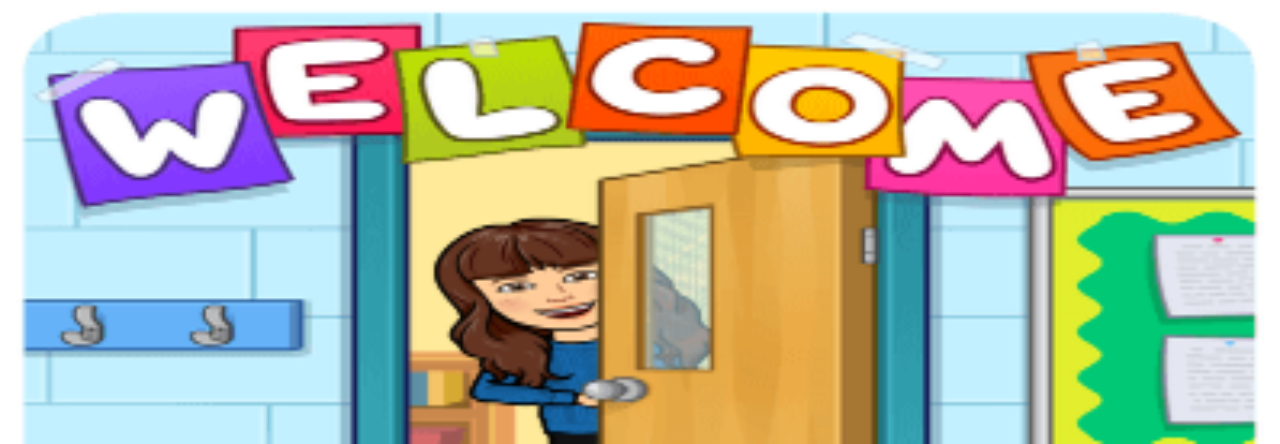Whether your a parent/guardian looking for the best ways to help your struggling students become more successful in school or learn something new, or a teacher looking to make a difference in the lives of students across the country here is a list composed of 5 of the best websites for high-impact tutoring in reading, mathematics, and various other subjects.
Ignite Reading is an online tutoring platform based on the Science of Reading. Students receive 15 minutes of high impact differentiated instruction in the foundations of reading each day Monday through Friday for the entirety of the School Year via video chat in an online lesson space. Ignite pays tutors $17.50/hr while in training, then $20/hr with a maximum of 30 hours a week once they complete certification. Additionally, they pay tutors every other week. Also, tutors are part-time employees not contractors like most other online tutoring platforms. Lastly, Ignite pairs tutors with students based on their availability with the assumption that they will remain with the same students for the whole school year and all lessons are one- on-one.
2. Hoot Reading
Hoot Reading is a Canadian based online tutoring company focused on the Science of Reading. Students can take sessions through school programs and individual memberships. Furthermore, students receive guided reading instruction from a tutor through an online lesson space. Sessions range from 20 minutes to 50 minutes. Hoot pays tutors monthly on a tiered system based on education and experience ranging from around $12-$20 an hr. Hoot schedules tutors with students based on their set availability. Lessons are one-on-one.
3. BookNook
BookNook provides 30 minutes of literacy instruction to students focused on decoding, comprehension, and fluency. Students take sessions through school programs 2-5 days a week via zoom and the BookNook Learning Platform. Moreover, BookNook pays tutors $18/hr twice a month and tutors have to pick up sessions through opportunity drops that occur at scheduled times throughout the month. Sessions can be 1:1 as well as small groups.
Varsity Tutors provides tutoring online and in-person. Students can take 1:1 lessons and small group lessons in a variety of subjects. Varsity Tutors pays $15-$25/hr. Moreover, tutors are sent pairings to review, then select the ones they’re interested in. However, after selecting pairing they have to wait to see if the student picks them too in order to work with them. Tutors are responsible for creating their own lessons based on student needs.
5. Outschool
With Outschool, students can take a variety of classes based on need and interest. Classes are offered in 1:1 settings, small group, and large group settings. Classes are also offered as live classes via zoom and asynchronous classes. Teachers set their own rate, schedule, the type of class they want to teach, and how many students they would like in each class. Teachers also create all of their lessons and lesson materials.
Furthermore, interested in additional options for educational interventions check out my post Best Apps/ Sites for Special Education.


















